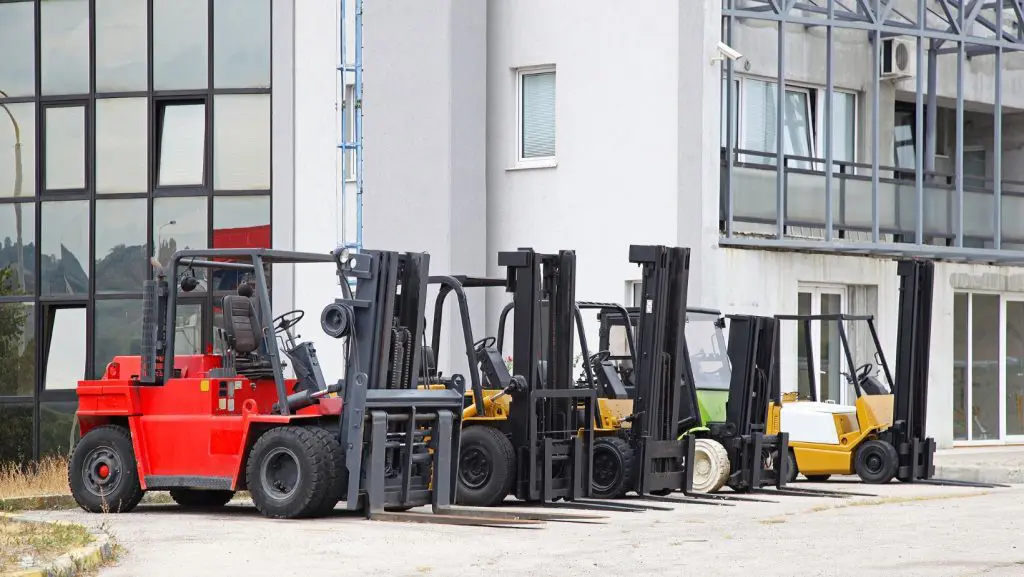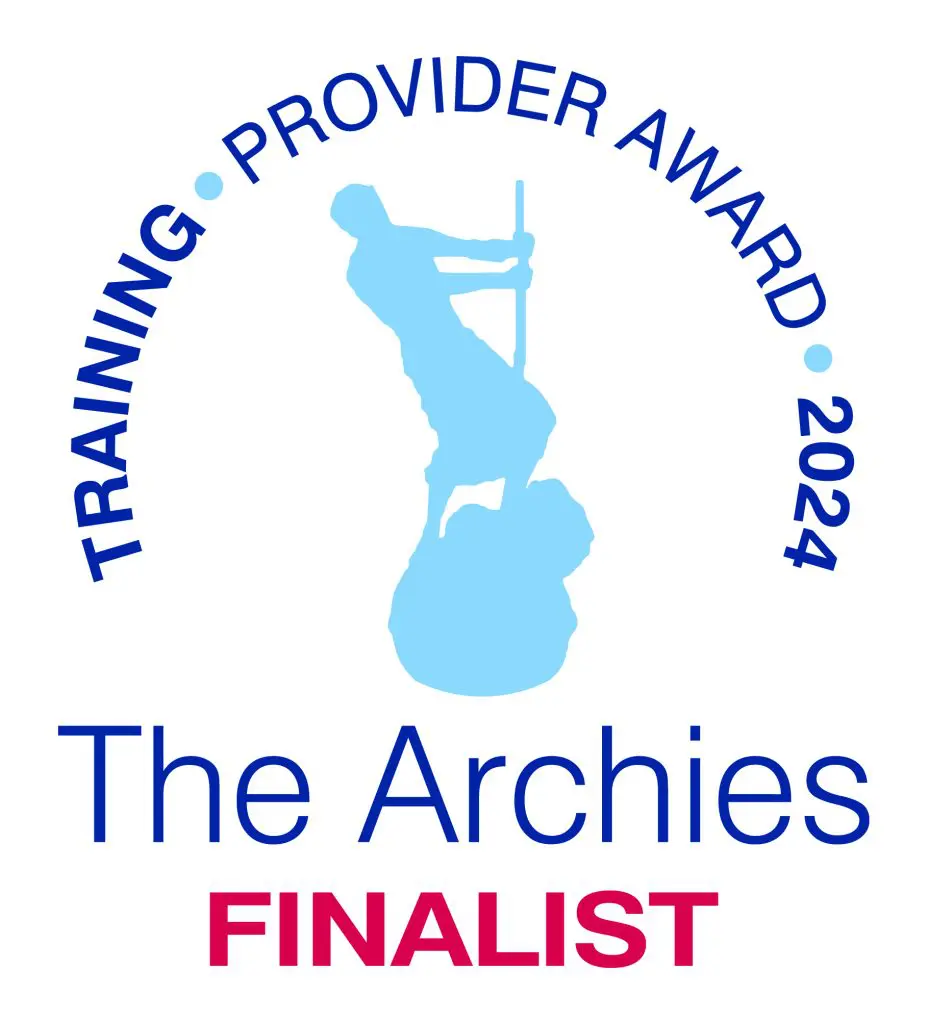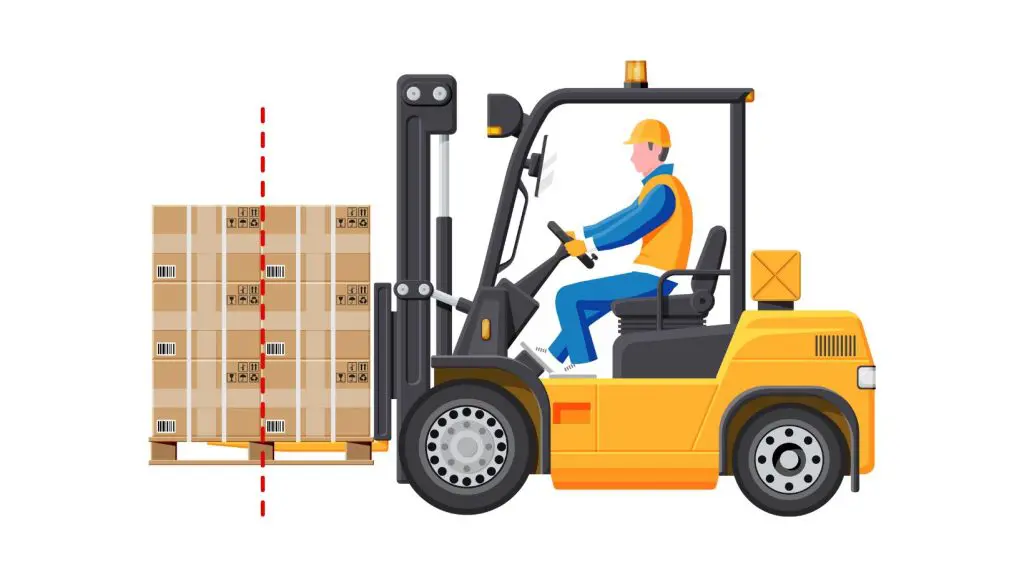
Forklifts are indispensable equipment in working environments, revolutionising how heavy goods are lifted, transported, and organised. Once you investigate forklift types, you will come across various power options. Forklifts can be powered in several ways, notably diesel, gas, or electric. Choosing the right forklift depends on its tasks, frequency of performance, working conditions, and efficiency […]

Moving a shipping container can be challenging. It requires careful planning, preparation, and execution to ensure a smooth relocation process. Unsurprisingly, shipping containers are extremely heavy, especially once loaded; therefore, selecting suitable transportation is essential to conduct a shipping container safely. With the right equipment, technique, and safety precautions, this task can be completed with […]

Honored to be named finalists for the prestigious Training Provider of the Year Award 2024!
We are thrilled to share this incredible news with all of you and express our deepest gratitude for this amazing nomination.

Forklifts are invaluable tools for many industries, allowing the efficient movement and safe handling of heavy goods. However, effectively operating a forklift comes from thoroughly understanding its components and dynamics. The load centre is a critical element significantly impacting forklift performance and stability. If you are wondering what a forklift load centre is, you are […]




